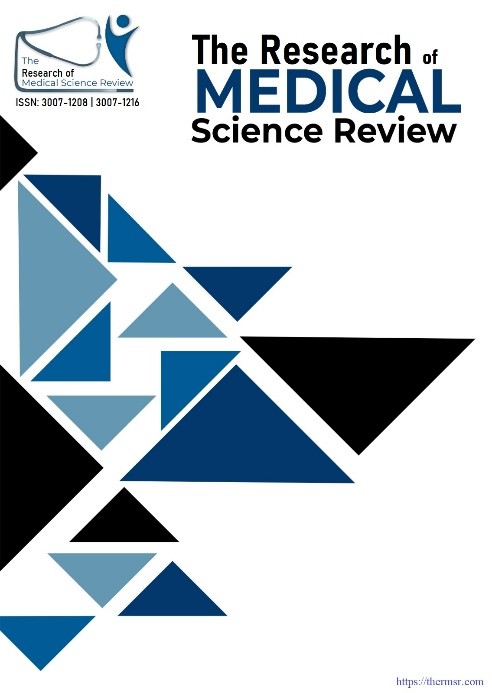BACTERIOLOGICAL PROFILE AND ANTIBIOTIC RESISTANCE PATTERN IN PATIENTS WITH ACUTE EXACERBATION OF CHRONIC OBSTRUCTIVE PULMONARY DISEASE AND BRONCHIECTASIS
Main Article Content
Abstract
Chronic obstructive pulmonary disease (COPD) and bronchiectasis are chronic respiratory conditions with significant morbidity. COPD has a global prevalence of 2,638.2 per 100,000, while bronchiectasis affects approximately 163 per 100,000 individuals. Both conditions can result in life-threatening exacerbations, often requiring empirical antibiotic therapy. Identifying the bacterial etiology and resistance patterns during acute exacerbations is vital for optimizing treatment and limiting the rise of antimicrobial resistance.
OBJECTIVE:
To determine the bacteriological profile and antibiotic resistance pattern in patients presenting with acute exacerbations of COPD and bronchiectasis.
METHODS:
This descriptive case series was conducted at the Department of Pulmonology, PGMI / Lady Reading Hospital, Peshawar, from [insert study period if known]. A total of 195 patients with clinically confirmed acute exacerbation of COPD or bronchiectasis were enrolled. Sputum samples were collected for bacterial culture and sensitivity testing. Patient demographics, clinical history, and risk factors were recorded. The data were analyzed using SPSS version 25 with post-stratification chi-square tests applied to assess associations. A p-value ≤ 0.05 was considered statistically significant.
RESULTS:
Of the 195 patients, 75.9% were diagnosed with COPD and 24.1% with bronchiectasis. Pseudomonas aeruginosa (26.2%) was the most frequently isolated organism, followed by Haemophilus influenzae (19.0%) and Streptococcus pneumoniae (15.9%). Antibiotic resistance was highest for ampicillin, penicillin, and erythromycin. No statistically significant associations were found between baseline characteristics (age, gender, smoking, education, socioeconomic status, etc.) and organism type or resistance patterns (p > 0.05 for all comparisons).
CONCLUSION:
Pseudomonas aeruginosa was the most common pathogen in acute exacerbations of both COPD and bronchiectasis. High levels of resistance to commonly used antibiotics were observed, emphasizing the need for routine culture and sensitivity testing and rational antibiotic use. These findings underscore the importance of local antibiograms in guiding empirical therapy for respiratory exacerbations.
Downloads
Article Details
Section

This work is licensed under a Creative Commons Attribution-NonCommercial-NoDerivatives 4.0 International License.
